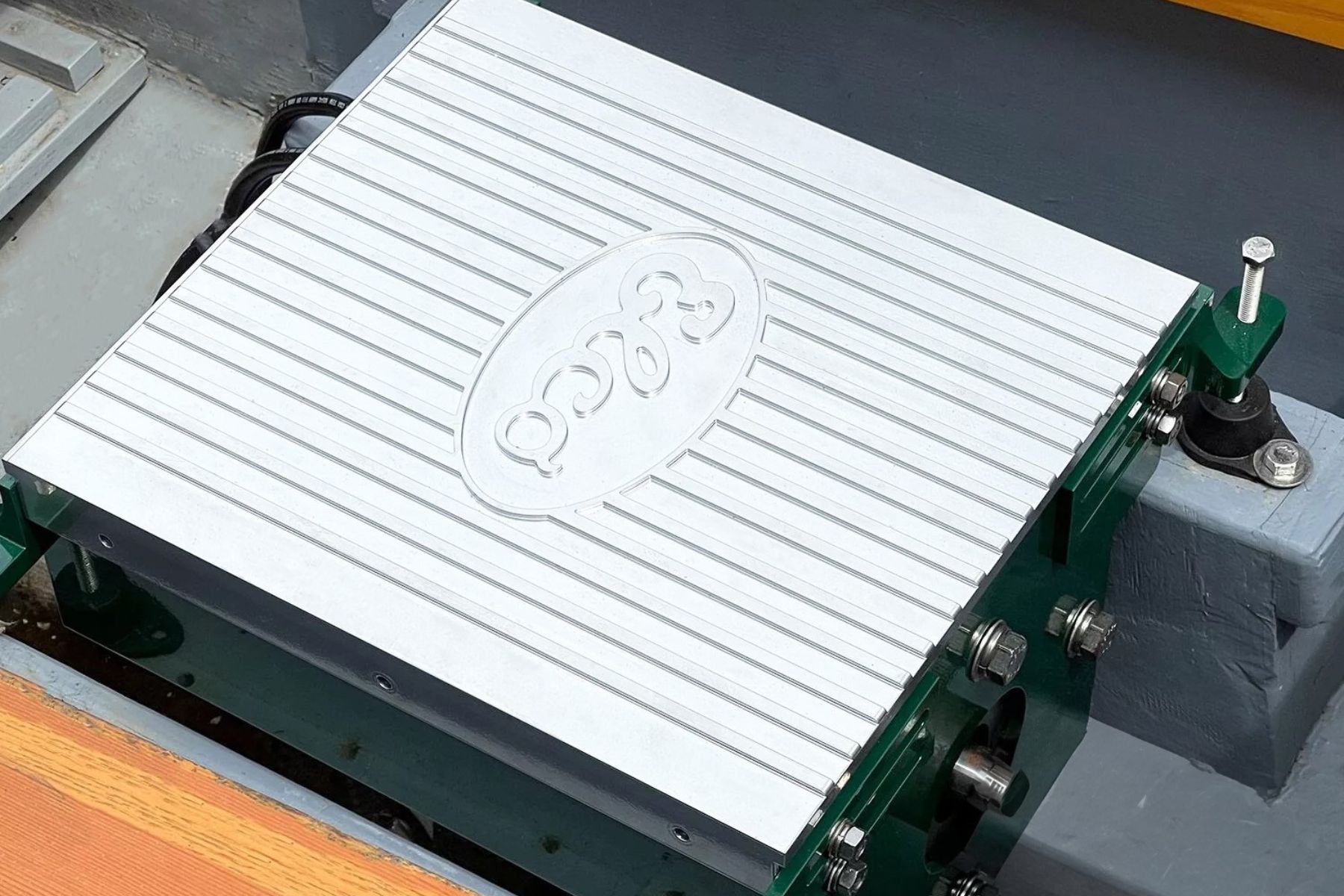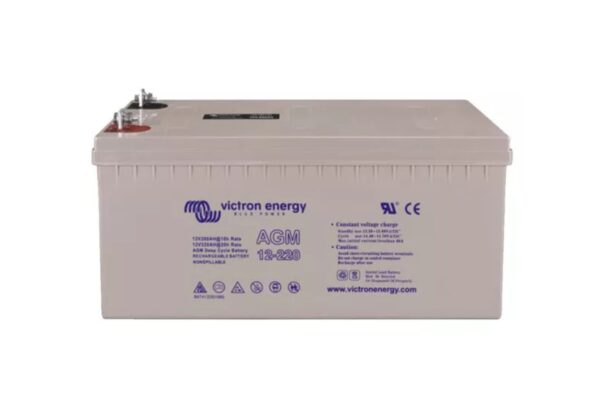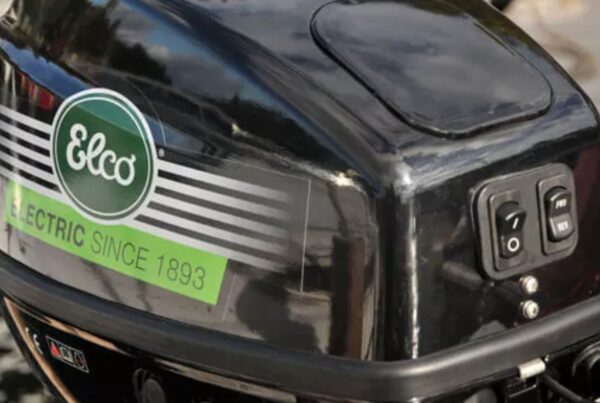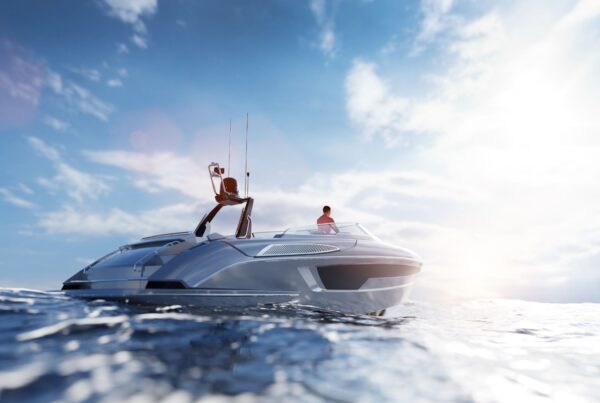
With innovations in electric boat motors and batteries, sailboat owners who are committed to environmental sustainability can now extend their sailing range and even enjoy long cruises. Electric boat motors and batteries can power refrigerators, stoves, and entertainment systems if energy use is managed responsibly.
Learn all about electric sailboat motors. Efficiency and performance make electric motors an attractive option for day sailors and cruisers alike.
Electric Boat Motors Are Far More Efficient Than Gas or Diesel
When it comes to efficiency, electric boat motors outshine their gas and diesel counterparts by a wide margin. Electric motors convert electrical energy into mechanical energy with an efficiency rate of up to 90 percent, significantly higher than the approximately 25 percent efficiency rate of internal combustion engines, which lose a great deal of energy as heat.
This means electric motors deliver more power for the same amount of energy consumed, making your sailing experience smoother and more responsive. Furthermore, electric motors operate quietly and emit zero exhaust fumes, enhancing your connection with nature and contributing to a cleaner, healthier environment.
An Electric Sailboat Motor’s Range Is Greater Than You Think
While electric sailboat motors have a limited range compared to gas or diesel motors, this is less of an issue than you might think. Most sailors use a motor primarily to get in and out of a harbor, a task easily accomplished by an electric motor.
For those who enjoy cruising, modern advancements such as regeneration technology and solar panels can extend the range of electric motors and replenish battery banks. Regeneration allows the motor to convert mechanical energy from spinning the propeller while the vessel is sailing to electrical energy to recharge batteries. Solar panels can also help provide a supply of power during daylight hours. Thus, even with their initial range limitations, electric sailboat motors offer a viable and increasingly popular option for both casual sailors and longer-distance cruisers who commit to using energy efficiently.
Electric Outboards vs. Electric Inboards
Electric outboard motors are commonly found on smaller sailboats, tenders, and small fishing boats. These boats often require maneuverability and lightweight solutions, making electric outboards an ideal choice. The plug-and-play nature of electric outboards ensures straightforward installation and removal, allowing for flexible use and storage.
Inboard electric sailboat motors are well-suited for larger vessels, including cruising sailboats, pleasure yachts, and some commercial vessels. These boats benefit from the quiet operation and zero emissions of electric inboards. Having the motor within the boat also means better weight distribution, which can enhance stability and performance. Furthermore, the potential for regenerative power while sailing or solar charging makes electric inboards a sustainable choice for longer-distance cruisers.
Low Maintenance and Cost Savings Over Time
Electric sailboat motors also boast low maintenance requirements and significant cost savings over time, adding to their appeal. With fewer moving parts than gas or diesel engines, electric motors are less prone to wear and tear. Plus, with no need to purchase expensive gas or diesel fuel and no oil changes, fuel filters, or spark plugs, maintenance is simpler and less costly.
Electric sailboat motors provide efficiency and performance in addition to eco-friendliness. Sailors can embrace a future of boating powered by clean, efficient, and high-performing electric motors.




